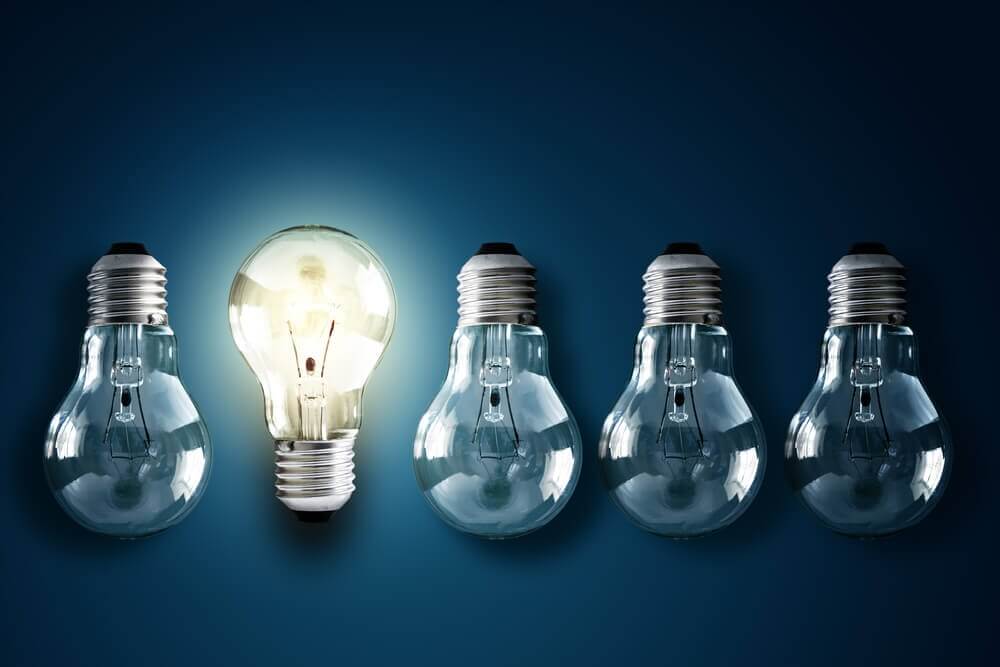Lighting Trends: Shining a Light on Single Family

Improvements in today’s light-emitting diode (LED) lighting are changing the way that property managers can outfit rental housing and meet changing expectations of consumers.
In recent years, LED lighting has undergone a revolution with its proven track record. The industry’s most advanced LED products are about 10 times more energy efficient than conventional incandescent lighting and last more than 25 times longer, according to the U.S. Department of Energy. Residential LEDs use at least 75 percent less energy than incandescent lighting.
Until lately, however, LEDs have been a more expensive alternative to compact fluorescents (CFLs), which were one of the first replacements during the phase-out of common incandescent bulbs.
In 2015, lighting giants General Electric and Philips rolled out cheaper LEDs to help budget-conscious consumers move away from CFLs.
The result has helped drive a new genre of lighting trends for indoor and outdoor fixtures. And changing consumer tastes present an opportunity for property managers to add distinctive lighting to their properties and stray from traditional, outdated approaches.
Contemporary, industrial, rustic and vintage styles driving lighting
Clay Brice, a merchant in Home Depot’s lighting division, says the evolution of LEDs is inspiring consumers to make a statement with how rooms are lit. New styles are emerging because of greater availability and better pricing. Some say that just changing fixtures can save more money rather than only swapping bulbs.
“A lot is going on in lighting,” Brice said. “It’s basically a revolution in lighting. The biggest driver overall is LED. It’s an absolute huge trend.”
Single-family homes have historically driven lighting trends, Brice says, and today is no exception. In the last couple of years, homeowners are shying from traditional light fixtures to modern, industrial, rustic and vintage styles. Multi-bulb chandeliers are less popular while fixtures with strong geometry are setting the pace for form and size.
Fixtures that blend woods, metals, beads and crystals are becoming more common. And consumers are no longer concerned so much that fixtures must match throughout the home but that they are coordinated and set the mood.
“As long as it’s coordinated and it works, that’s the preference from a consumer standpoint,” Brice said. “We see a lot of mixed materials – woods and metals and different finishes together. That gives a lot more breadth on how people can decorate their homes.”

Lighting trends are evolving quickly through social media, internet
With incandescent lighting, trends were more sustained and didn’t shift as much. But even that’s changing with LED lighting, Brice said.
In the past, consumers got lighting ideas from either catalogs or what the large home improvement stores or lighting centers had in inventory. But because of social media and the internet, consumers are more exposed to styles and availability. With added visibility on sites like Pinterest, lighting styles are taking hold faster.
“Now with social media, our shopper is on trend instantaneously,” Brice said. “Not that trends rapidly change, but they evolve fairly quickly. Therefore it becomes more difficult to stay on those trends as they move. You take contemporary modern, it’s always going to a trend for a big chunk of our population, but what fixtures look like inside that trend will evolve more quickly than they historically have.”
LED lighting can help create distinctive feel in rental properties
Because the LED lighting market has become more competitive and product choices are greater, property managers have an opportunity to add variety to their portfolios and update lighting systems that consumers want, Brice says.
Straying from standardized, one-size-fits-all lighting choices will create a distinctive feel.
“What we’ve seen is that property managers definitely are starting to see value in investing a little bit more in the lighting packages to help drive rents up as well as occupancy,” he said. “Staying with the trends creates the environment that customers are looking for, because that’s what they are being inspired by. We believe that helps make a better business proposition for property managers who are looking to invest and update.”







